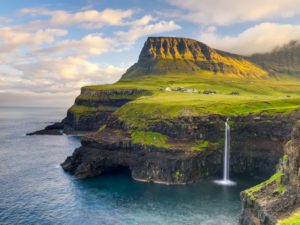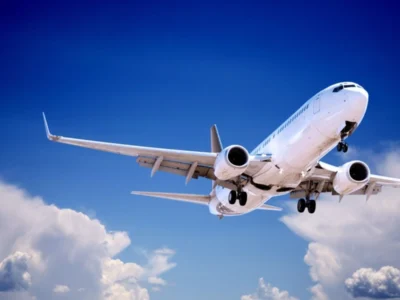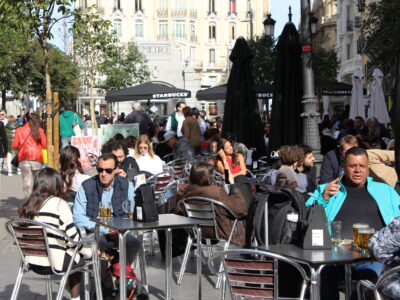
Of late, Indian tourists have been opting for Scandinavia as a package tour that offers multiple Nordic countries. The tours mainly cover popular tourist attractions and as an off-beat destination, Faroe Islands are relatively new discovery that could be added in the itinerary especially by those who prefer nature, landscape, adventure sports and some peace.
Though Queen Margrethe II, monarch of the Danish Realm (Denmark proper, Faroe Islands & Greenland) is the ruler of the land, but the Faroe Islands are not part of the European Union and not covered by the Schengen Agreement. Hence visa requirements need to be checked very carefully depending on the type of passport before planning a trip from any of the neighbouring countries during the same trip. Although the locals talk in Faroese or Danish, they comfortably speak in English with the tourists. Both Danish Krone and island’s own Faroese Króna work here with equal value (Kr 1 = INR 11.98 approx) and credit cards are widely accepted as well.

Once in the islands, the list of things to do can be lengthy, as there are many options to choose from. Hiking, birdwatching, bicycling, diving, fishing & angling, dining, shopping, sailing, surfing, horse riding, and all other adventure sports.
No matter which of the 18 islands one visits there is always a remarkable sight to behold. With less than 50 inhabitants, all living in old timber-walled and turf-roofed cottages, the village of Gjógv, approximately one-hour drive from Tórshavn has an abundance of charm. Add to this some great hiking and walking trails that offer spectacular views of the North Atlantic and the surrounding islands and one wouldn’t want to miss out on this special location. The hike from the old solitary Mykines village with turf-roofed houses to the lighthouse at the end of the islet of Mykineshólmur could be an otherworldly experience at the edge of this world. Tourists can explore all the islands and islets based on their personal taste and likings.
Traditional Faroese food is mainly based on lamb meat, seafood and potatoes and uses few fresh vegetables. Mutton of the Faroe sheep is the basis of almost all meals, and one of the most popular treats is Skerpikjøt, well-aged, wind-dried mutton, which is quite chewy. Other traditional foods are Ræst Kjøt (semi-dried mutton) and Ræstur Fiskur (matured fish). Another Faroese speciality is Tvøst og Spik, made from pilot whale meat and blubber. Faroese puffins and their eggs and dried fish are also commonly eaten. Pilot whale meat is very commonly available, but tourists are strongly advised to avoid it as it has a lot of negative side effects on health. Since the friendly British occupation, the Faroese have been fond of British food, in particular fish and chips.
Tourists buy locally made winter garments. After Sofie Gråbøl, the lead actress of the TV series The Killing wore Faroese sweaters, it became a trend among the women to buy one when visiting the islands. Local women also wear embroidered silk, cotton or wool shawls and pinafores that can take months to weave or embroider with local flora and fauna. Hence these shawls look very attractive and tourists fail to resist the temptation to buy them in bulk. Gorgeous ceramic cups and vases made by the local Faroese potters as well as winter hats and lace-knitwears are some of the other top choices for shopping.

In this remote and windswept corner of the world, whether painted in white or vivid green, tourists are encouraged by the local tourism promotion authorities to explore the hidden gems, like exploring the naked forest of Kunoy, jumble of coloured houses at Sandoy, finding the hidden beach beyond Fjallavatn and trail the off-beat path which is yet to make it to the likes of social media, but are just as deserving of recognition as the islands’ most visited destinations.





















